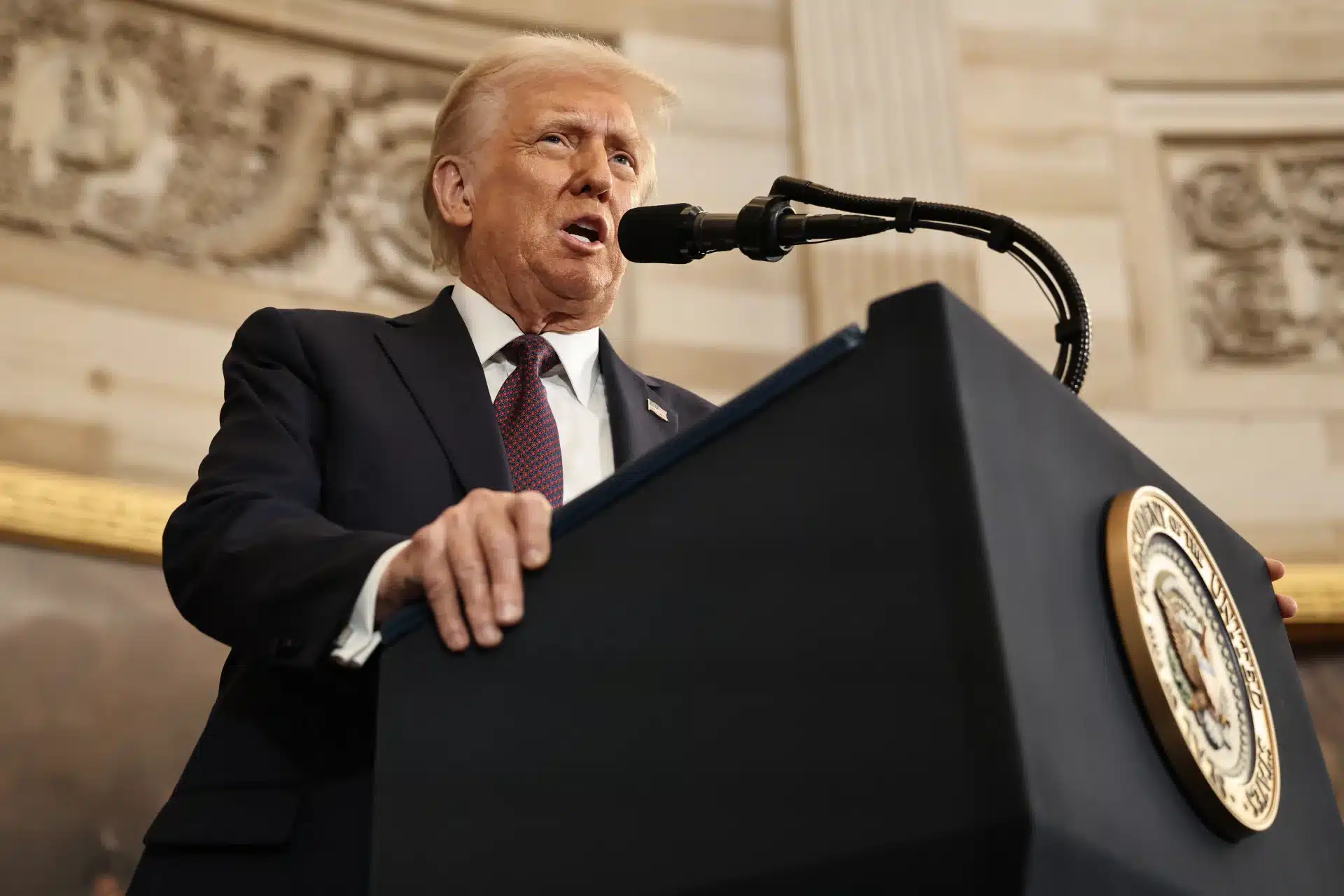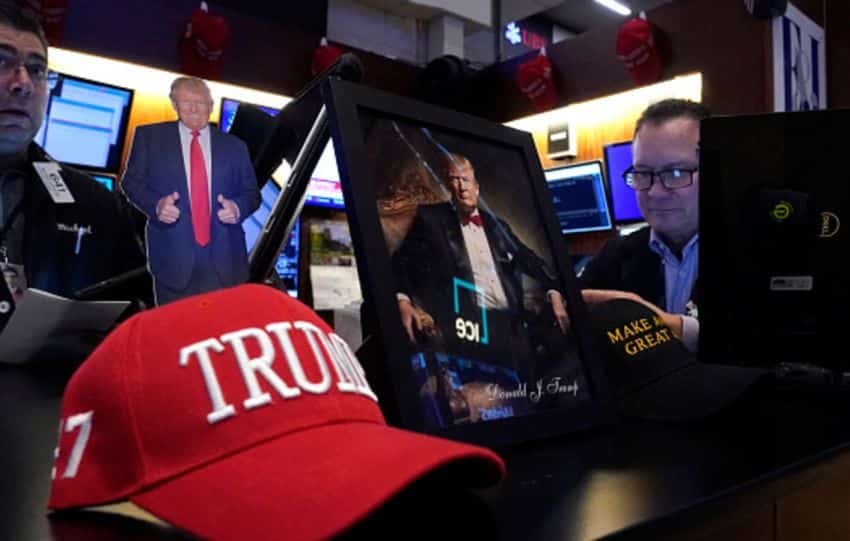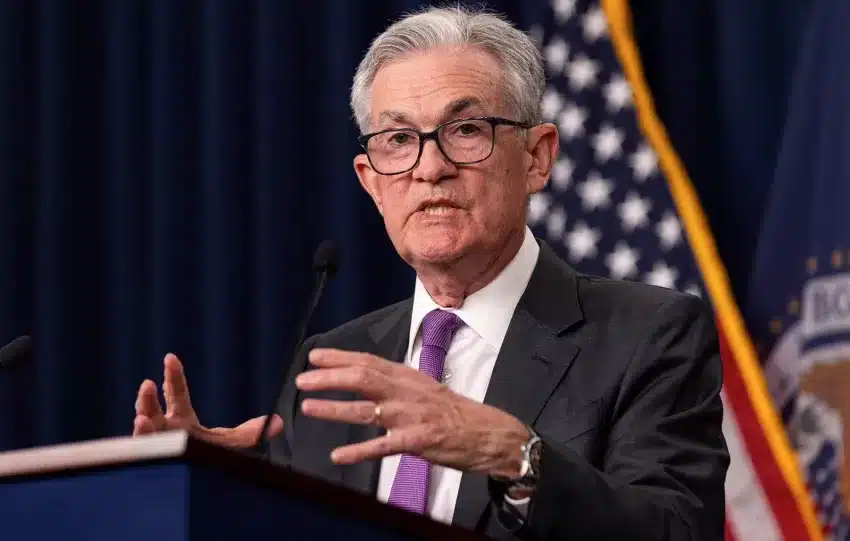Key Takeaways
- The U.S. economy was already showing rapid growth before Trump resumed office, expanding at a significant rate in the final quarter of 2024.
- The GDP was projected to grow at an annual pace of 2-3% in the fourth quarter, driven by strong consumer spending during the holiday season.
- Despite predictions of slower post-pandemic growth, the U.S. economy defied expectations with growth similar to pre-pandemic years.
- Two major factors, rising population growth and increased productivity, are credited for the unexpected growth.
- There are concerns about rising inflation, with cost of goods and services significantly higher compared to previous years.
- Hiring has slowed, and although unemployment is low, job seekers face longer periods of unemployment.
- High interest rates are negatively impacting home and vehicle sales, as well as business investments.
- Economists suggest that the Federal Reserve may keep interest rates high due to continued economic outperformance.
- Trump’s proposed economic measures, while seen positively in terms of reducing taxes and deregulation, may introduce challenges with rising tariffs and immigration policies.
- The International Monetary Fund has increased its U.S. growth forecast for 2025, contrasting with a downgrade for most other major economies.
In recent years, the U.S. economy has demonstrated remarkable resilience and adaptability amidst a rapidly changing global landscape. As former President Donald Trump resumes his tenure, economic analysts and policymakers are keenly observing the implications of ongoing growth trends and proposed economic measures. This blog post seeks to unravel the complexities surrounding the U.S. economy’s current trajectory, analyze contributing factors to its unexpected growth, and explore potential risks associated with upcoming policies.
Discover the factors behind the U.S. economy’s surprising growth, the Federal Reserve’s anticipated actions, and potential risks of Trump’s new economic policies as he resumes office.
An Overview of the Current Economic Landscape
U.S. Economic Growth Before Trump’s Return
The final quarter of 2024 witnessed the U.S. economy expanding at a significant rate, resisting predictions of a post-pandemic slowdown. Economic growth mirrored pre-pandemic levels, with GDP projected to increase at an annual pace of 2-3%. Central to this unforeseen expansion was robust consumer spending during the holiday season.
Demystifying the Growth Trends
Factors Driving Unexpected Economic Growth
- Rising Population Growth: The influx of both legal and unauthorized immigrants has bolstered the labor force, enhancing productivity and consumption capacity.
- Increased Productivity: Innovations in technology and workplace efficiency have enabled higher output from the American workforce, contributing to the overall economic gain.
Despite these positive trends, there are underlying challenges and uncertainties that merit a closer examination.
Addressing Economic Concerns
Confronting Inflation and Employment Issues
- Inflation Pressures: Rising inflation remains a central concern; the cost of goods and services has escalated, challenging consumers and businesses alike. This price surge has stirred public discontent and influenced political dynamics.
- Employment Challenges: While unemployment rates are modest, the labor market struggles as job seekers endure prolonged periods of joblessness. The slowdown in hiring further complicates this issue.
Impacts of High Interest Rates
- Home and Vehicle Sales: Elevated interest rates are weighing on consumer purchases, particularly in the housing and automotive sectors.
- Business Investments: Businesses face hurdles in securing affordable financing, impacting expansion and innovation.
Federal Reserve’s Anticipated Strategy
Economists predict that the Federal Reserve may maintain higher interest rates to temper inflation and support sustained economic performance. This cautious approach reflects the complexity of balancing growth and price stability in such a dynamic economic environment.
Evaluating Trump’s Economic Proposals
Navigating the Promises and Perils
- Positive Outlook: Trump’s vision of reducing taxes, deregulating industries, and cutting energy costs is welcomed by many business leaders.
- Potential Risks: Concerns loom over plans to raise tariffs and deport a significant number of immigrants, which could disrupt supply chains, increase labor costs, and inflate market prices.
The U.S. Economy on a Global Stage
The International Monetary Fund has painted a favorable picture for the U.S. with an increased growth forecast for 2025, signaling confidence in its economic leadership. However, the interplay of proposed policies, regulatory decisions, and global economic shifts will ultimately determine the enduring trajectory of the U.S. economy.







